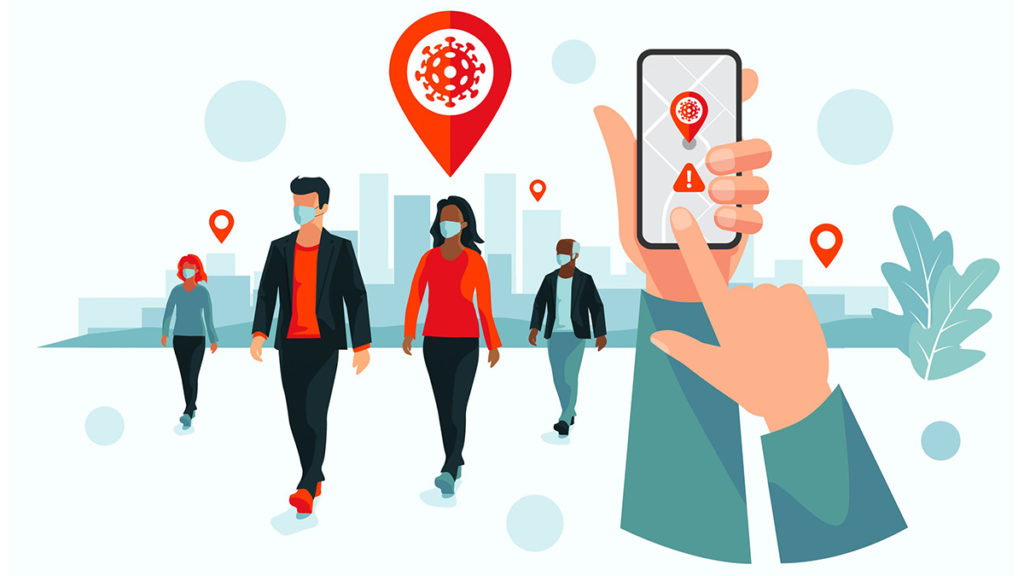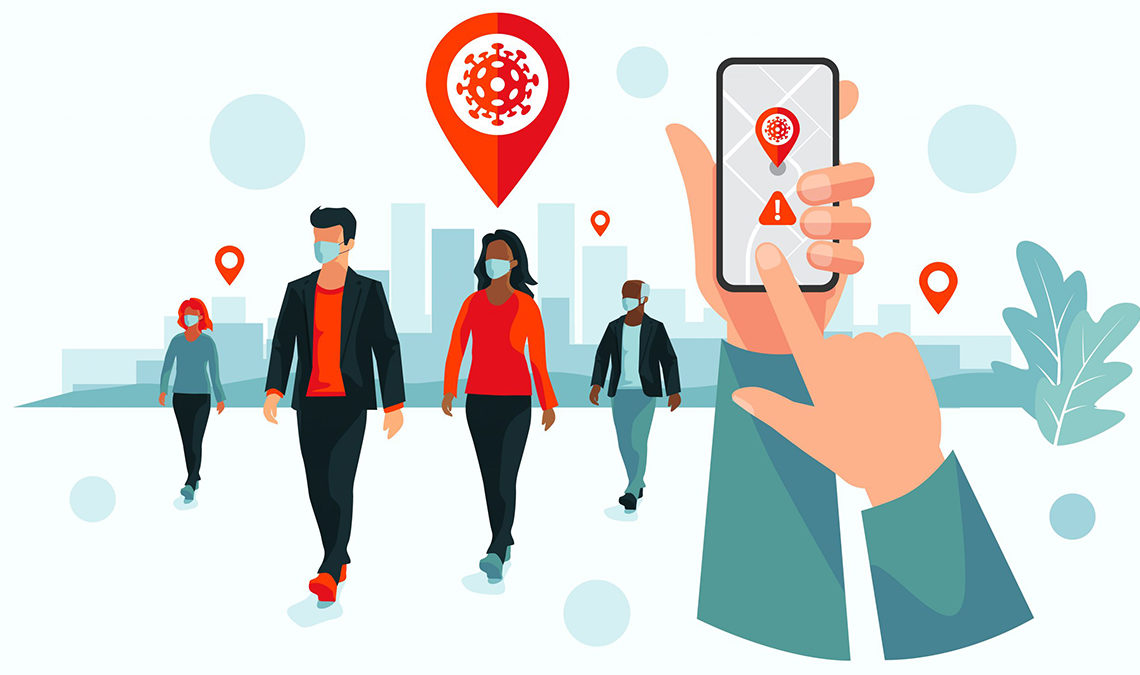
Shelter-in-place orders, or COVID-19, made it physically impossible for the vast majority of people on earth to leave their homes, a change that has permanently altered consumer behaviour. The most noticeable difference is the quick uptake of new technology, as evidenced by the explosive growth of video, Facetime, Zoom, and Slack usage. The long-term effects will, however, be determined by how comfortable we all are using our phones to access other services, purchase online, order food, and watch digital entertainment.
By 2024, Forrester estimates that more than 25% of all retail sales will be made online, while this year, overall retail sales are expected to decline by 2.5%. That represents a significant shift in customer expectations toward internet shopping. Now, we anticipate receiving items in two days and perishables like groceries and takeout in just one hour. Every meal delivery service provides real-time delivery updates, and we are becoming more at ease video chatting with our doctors rather than taking a chance on an office visit. Users’ expectations are unilaterally raised as digital usage soars in several industries. In other words, we now anticipate that our pharmacists to bring medicines to our homes as quickly and transparently as food delivery services, and some pharmacies are already meeting this expectation.
Companies must enhance their digital experiences in order to compete and survive in light of these profound changes, particularly in how customers consume information, engage with technology, and perceive brands.
Construction of an Engaging Digital Experience
Technology-driven means of communication are now necessary as the state of the world’s health has an impact on how people communicate. The pandemic has had a financial impact on the majority of enterprises, which means they will need to make compromises. According to a report from Mckinsey published last month, businesses that integrate digital sales (also known as e-commerce) into their marketing strategy see a five-fold increase in revenue (compared to the baseline), a 30 percent increase in user acquisition efficiency, and a decrease in overhead expenses. Businesses are reevaluating their investments, which is one of the key drivers of this transition to digital sales. In addition to investing in their customer journey, they also continue to invest in user acquisition.
How does a customer travel? It is the “touchpoints” and procedures used in digital interactions between customers and businesses. These touchpoints took place in a physical space, such a store or office, for conventional enterprises. Nowadays, the vast majority of these touchpoints take place online.
A client might have visited a QSR (quick-service restaurant) in the past after seeing a billboard or TV advertisement for it due to its accessibility and convenience. Upon arriving, they would form an impression of the place based on how it seemed, the food it offered, the cost, and how the employees treated them. Whether or not they would suggest the restaurant to their family and friends or visit again in the future was greatly influenced by their (physical) experience of the space and community. Since technology was quickly adopted during the COVID pandemic, the average client of this QSR can establish a relationship with the vendor without ever setting foot inside the eatery Instead, they might first communicate via a delivery website or the website for the restaurant. They communicate with the restaurant and follow the status of their order via push notifications, SMS, email, or any combination of the three after placing it online.
In a world when customers’ interactions with brands are sometimes limited to digital interactions, a key component of your retention strategy should focus on keeping the customers you already have rather than devoting additional resources to acquiring new ones. In order to do this, you must provide a seamless digital experience to ensure that each visitor keeps coming back and contributes more to your lifetime value.
A journey through a relationship
Every relationship has its peaks and valleys. Always strive to improve in order to please. Offer low costs, quick delivery or convenience, and a wide selection are Jeff Bezos’ three simple guiding principles for e-commerce innovation. Clearly define your company’s guiding ideas and concentrate on upholding them every day.
The Lesson
The dependence on and adoption of digital experiences by consumers will undergo a sea change between 2020 and 2021. Even if expanding a business in the midst of a global epidemic may seem difficult, using digital engagement technologies to create a digitally friendly customer journey will help you win over new clients. By fostering beneficial, pertinent relationships between your enterprises and your users, switching to digital engagement methods will pay off in the long run. In actuality, it is precisely these digital engagement methods that will increase user retention and improve the customer experience in the long run.
In addition to changing consumer expectations and behaviour, COVID-19 has also altered how businesses communicate their beliefs and adjust their messaging during difficult times. Discover our top communications takeaways from a historically exceptional year by reading the article below.
